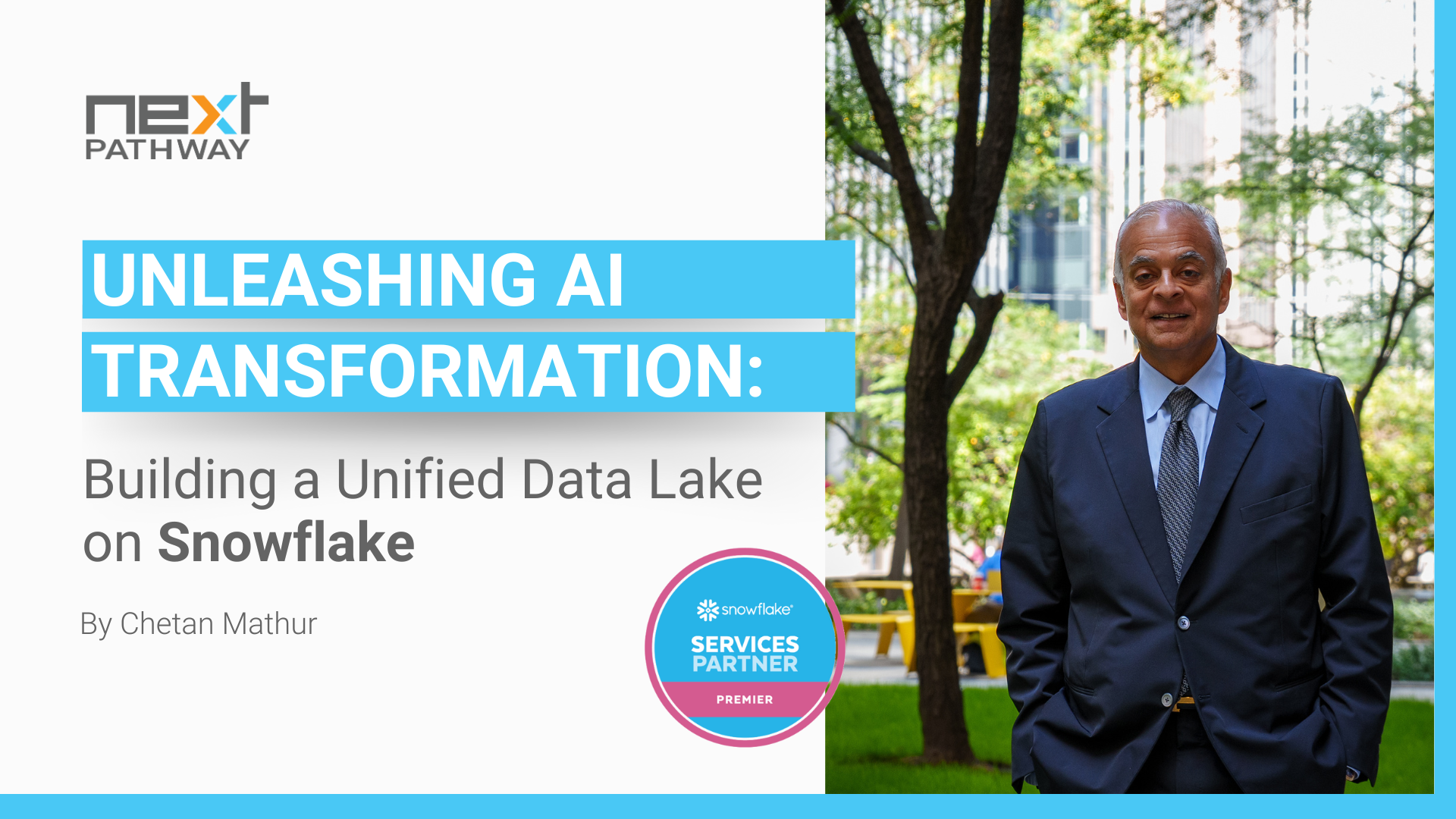
With the transformative potential of AI , organizations are seeking ways to streamline their data infrastructure and harness the full potential of their data. The concept of a ‘data lake’ in the cloud provides organizations with the capability of bringing in massive amounts of data from multiple sources, which enables powerful AI models to be executed.
Building a data lake on Snowflake offers a powerful solution that unifies data storage, processing, and analytics on a single platform. Snowflake's solution combines structured, semi-structured, and unstructured data, providing best-in-class performance, security, and governance.
A Snowflake data lake provides a unified data infrastructure landscape on a single platform, capable of handling the most important workloads. It allows organizations to store large volumes of structured, semi-structured, and unstructured data in its native format. Snowflake's platform delivers best-in-class performance, relational querying, security, and governance, ensuring organizations can leverage their data effectively.
When building a data lake on Snowflake, it's important to choose the right architecture. Snowflake's cloud-built architecture offers the flexibility needed to support a data lake strategy. It can meet a wide range of unique business requirements by mixing and matching design patterns. Leveraging Snowflake as a data lake empowers organizations to unleash the full potential of their data, enabling efficient data storage, processing, and analysis.
To optimize performance, streamlined data pipeline development is essential. Snowflake's data pipelines are designed to scale seamlessly in real-time, accommodating heavy data workloads and extensible data transformations. With Snowpark, data engineers can build pipelines in their preferred language, such as SQL, Python, Scala, or Java. This streamlined development process ensures optimal performance and agility in data processing.
Ensuring secure, governed collaboration is also critical when building a data lake on Snowflake. Snowflake's cross-cloud platform breaks down data silos, enabling data engineers, scientists, analysts, and developers to access governed structured, semi-structured, and unstructured data. This collaborative environment fosters seamless collaboration without resource contention or concurrency issues. Organizations can ensure data security, compliance, and governance while promoting collaboration and knowledge sharing.
Finally, leveraging Snowflake as a central data repository provides the benefits of both data lakes and data warehousing, along with the advantages of cloud storage. By adopting Snowflake as a central data repository, organizations gain best-in-class performance, relational querying, security, and governance. Snowflake simplifies data management, accelerates data transformations, and enables efficient analytics.
In conclusion, building a data lake on Snowflake offers organizations a powerful solution to unify their data infrastructure and enable AI Transformation. By choosing the right architecture, optimizing performance, ensuring secure collaboration, and leveraging Snowflake as a central data repository, organizations can unlock the full potential of their data. Embracing Snowflake as a data lake platform empowers organizations to streamline their data infrastructure, drive insights, and thrive in a data-centric world.
| Checkout Snowflake Migration Guide: How to Migrate to Snowflake 95% Faster?
About Next Pathway
Next Pathway is the Automated Cloud Migration company. Powered by Crawler360™ and SHIFT Cloud, Next Pathway automates the end-to-end challenges companies experience when migrating applications to the cloud. For more information, please visit nextpathway.com.